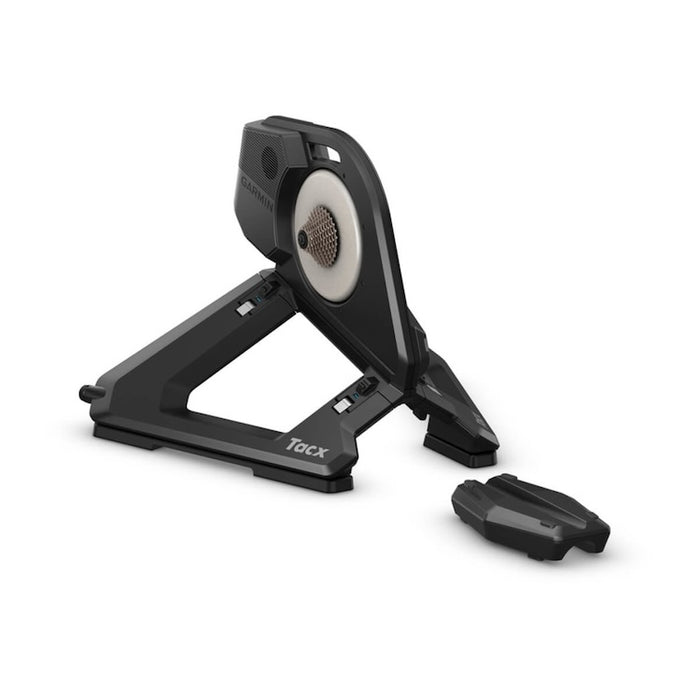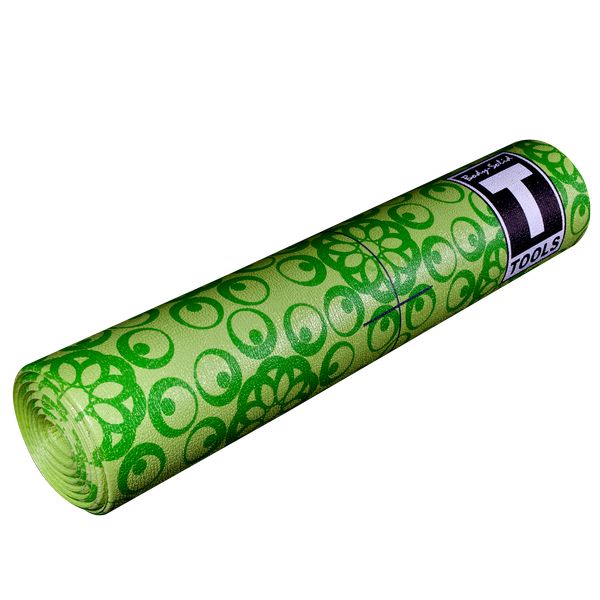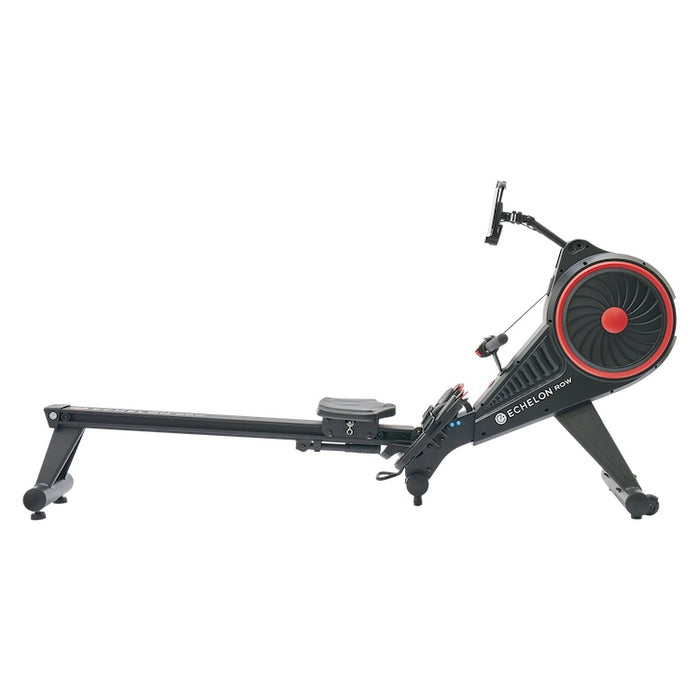
Peluva Men's Strand Lightweight Trainer
✓ Authorized Dealer
✓ Lowest Price Guaranteed
✓
FREE & FAST Shipping: In Stock and Ready to Ship
✓ Questions? Call an RFA Team Member:
1-855-864-6442
Low-impact workouts are a fantastic way to achieve fitness goals while minimizing strain on joints and reducing the risk of injury. These exercises offer significant health benefits, including improved cardiovascular health, muscle strength, flexibility, and overall wellness. Whether you are recovering from an injury, managing joint pain, or simply looking for a gentler way to stay active, this guide will explore some of the best low-impact workouts you can include in your routine.
Walking is one of the simplest yet most effective low-impact workouts. It requires no special equipment other than comfortable shoes and can be done almost anywhere. Walking at a brisk pace elevates your heart rate, strengthens your muscles, and helps with weight management. Moreover, it’s great for mental health, offering an opportunity to enjoy the outdoors, listen to music, or catch up on podcasts while exercising.
For variety, consider exploring different walking routes, joining a local walking group, or listening to podcasts and audiobooks while you walk.

✓ Authorized Dealer
✓ Lowest Price Guaranteed
✓
FREE & FAST Shipping: In Stock and Ready to Ship
✓ Questions? Call an RFA Team Member:
1-855-864-6442

✓ Authorized Dealer
✓ Lowest Price Guaranteed
✓
FREE & FAST Shipping: In Stock and Ready to Ship
✓ Questions? Call an RFA Team Member:
1-855-864-6442
Swimming is often touted as the perfect low-impact workout because the buoyancy of water supports your body and reduces strain on the joints. Every stroke works a wide range of muscles, providing a comprehensive full-body workout that improves strength and cardiovascular fitness. Additionally, swimming helps build endurance and can be highly therapeutic for people with arthritis or musculoskeletal conditions.
Additionally, water's therapeutic properties make swimming an excellent exercise for people recovering from injuries.

✓ Authorized Dealer
✓ Lowest Price Guaranteed
✓
FREE & FAST Shipping: In Stock and Ready to Ship
✓ Questions? Call an RFA Team Member:
1-855-864-6442
Cycling, whether on a stationary bike or outdoors, is an excellent way to elevate your heart rate without putting undue stress on your joints. It works the leg muscles and the core while improving cardiovascular health and endurance. Stationary cycling, often available in gyms, can be an accessible option for those new to exercise or dealing with limited mobility.
Cycling offers a balance of cardiovascular fitness and muscle strengthening, making it a versatile, joint-friendly workout.

✓ Authorized Dealer
✓ Lowest Price Guaranteed
✓
FREE & FAST Shipping: In Stock and Ready to Ship
✓ Questions? Call an RFA Team Member:
1-855-864-6442
Yoga is a holistic practice that combines physical postures, breathing exercises, and meditation to enhance flexibility, balance, and strength. Its gentle yet effective movements promote muscle tone while reducing stress and anxiety. Numerous yoga styles cater to various fitness levels and goals, from restorative yoga focused on relaxation to Vinyasa yoga, which offers a more dynamic, flowing practice.
There are numerous styles of yoga to choose from, ranging from restorative practices to more physically demanding classes.

✓ Authorized Dealer
✓ Lowest Price Guaranteed
✓
FREE & FAST Shipping: In Stock and Ready to Ship
✓ Questions? Call an RFA Team Member:
1-855-864-6442
Pilates is another low-impact workout focusing on core strength, flexibility, and balance. Using controlled movements, Pilates builds muscle tone and improves posture. Many Pilates exercises can be done on a mat or using specialized equipment like reformers, which offer varying resistance levels. It’s an excellent option for individuals looking to strengthen their core and improve overall body alignment.
Pilates can be practiced on a mat or specialized equipment like reformers, allowing for tailored workouts suitable for different fitness levels.

✓ Authorized Dealer
✓ Lowest Price Guaranteed
✓
FREE & FAST Shipping: In Stock and Ready to Ship
✓ Questions? Call an RFA Team Member:
1-855-864-6442
Rowing, either on a machine or in a boat, engages multiple muscle groups, providing a comprehensive upper and lower body workout while being gentle on the joints. It enhances cardiovascular health and improves endurance and muscle tone. Many gyms offer rowing machines, which simulate the rowing motion and provide customizable resistance levels to suit various fitness goals.
Rowing machines offer customizable resistance levels, making this workout suitable for both beginners and advanced fitness enthusiasts.

✓ Authorized Dealer
✓ Lowest Price Guaranteed
✓
FREE & FAST Shipping: In Stock and Ready to Ship
✓ Questions? Call an RFA Team Member:
1-855-864-6442
Tai Chi is an ancient Chinese martial art focused on slow, deliberate movements that promote balance, flexibility, and relaxation. Often referred to as "meditation in motion," it’s particularly beneficial for older adults due to its emphasis on balance and mental tranquility. Studies show that Tai Chi can help reduce stress, improve joint health, and enhance overall well-being.
Tai Chi offers a unique blend of physical activity and mental focus, improving both mind and body wellness.
Resistance band exercises are versatile and can be easily tailored to different fitness levels. Using the bands for strength training provides effective resistance without the impact associated with weightlifting. Bands come in various resistance levels, making them suitable for beginners and advanced fitness enthusiasts alike. They can be used for squats, lunges, shoulder presses, and many other exercises.
These bands come in different resistance levels, catering to various fitness levels and allowing for gradual progression.

✓ Authorized Dealer
✓ Lowest Price Guaranteed
✓
FREE & FAST Shipping: In Stock and Ready to Ship
✓ Questions? Call an RFA Team Member:
1-855-864-6442
Elliptical machines provide a cardiovascular workout similar to running but without the impact on joints. Many elliptical machines have adjustable resistance and incline settings, allowing users to customize the intensity of their workout. This workout engages both the upper and lower body, helping to improve strength and stamina.
Elliptical trainers are often found in gyms and are suitable for individuals looking for an easy-on-the-joints cardio workout.

✓ Authorized Dealer
✓ Lowest Price Guaranteed
✓
FREE & FAST Shipping: In Stock and Ready to Ship
✓ Questions? Call an RFA Team Member:
1-855-864-6442
Aqua aerobics involves performing aerobic exercises in a pool, utilizing the resistance of water for a gentle yet effective workout. It’s particularly suitable for individuals with joint pain or those recovering from injuries. The buoyancy reduces the strain on joints while the water resistance helps tone muscles.
Aqua aerobics classes typically incorporate various movements, from stretching to light strength training, to improve fitness and flexibility.
Low-impact workouts offer numerous health benefits while reducing the risk of injury and joint strain. Whether you're a beginner or an experienced fitness enthusiast, these exercises provide versatile options to improve endurance, strength, and overall wellness. Incorporating one or more of these low-impact activities into your fitness routine will help you achieve your health goals without sacrificing comfort or joint health.
Keiser M3i Bike Package When it comes to indoor bikes, the Keiser M3i is the gold standard. Unlike other indoor bikes on the market, the Keiser M3i...
View full detailsKeiser M3 Indoor Cycle Designed around the professional rider, the indoor bike has been the same for years. Seeing this as a problem, Keiser set ou...
View full detailsNEO 2T Smart Bike Trainer The Tacx NEO 2T Smart Bike Trainer is designed to help you ride and train no matter the weather conditions. The NEO 2T S...
View full detailsFirst Degree Fitness FluidRower Viking 2 AR Plus Rowing Machine The Viking 2 AR Plus is designed with simply the best and most gorgeous wooden fr...
View full detailsNeo Bike Smart Bike Trainer As we spend more and more time riding indoors, the demand for high quality, immersive riding experiences is at a premi...
View full detailsStages SC3 Indoor Cycle - New 2025 Model Found in hundreds of studios and clubs around the world, the Stages SC3 is the global leader in premium...
View full detailsStages SC2 Indoor Cycle - New 2024 Model Designed for the world’s most popular rhythm classes, the SC2 bike offers innovative features such as an...
View full detailsTrueForm Trainer Self Powered Treadmill (2025 Model) The all new TRUEFORM.TRAINER™ is our next-generation curved manual treadmill, completely rede...
View full detailsFirefly Recovery Portable Device Starter Pack Firefly Recovery is used by over 250 pro and college teams as well as elite and everyday athletes t...
View full detailsSB20 Smart Bike From the world leader in power, Stages Cycling brings the experience of riding outdoors to your home with the StagesB...
View full detailsVersaclimber Home Climber The next level in vertical cardio. Experience the future of home fitness with the VersaClimber H. Engineered with sleek,...
View full detailsFirst Degree Fitness FluidRower Viking 3 AR Plus Rowing Machine The Viking 3 AR Plus is a Viking ship inspired horizontal rower built from han...
View full detailsKeiser M5i Strider Elliptical Machine The M5i Strider is an Elliptical Trainer designed specifically for the Indoor Walking Classes that started in...
View full detailsGarmin Tacx Neo Bike Plus Smart Trainer EPIC ROUTES. FROM YOUR LIVING ROOM. Bring the outdoor world indoors with a smart bike that offer...
View full detailsFirst Degree Fitness FluidRower Viking 2 AR Plus Select Rowing Machine The Viking 2 AR Plus Select is designed with simply the best and most gorg...
View full detailsAssaultRunner Pro Treadmill The AssaultRunner Pro is the most versatile, easy-to-use and effective non-motorized treadmill available today. Power...
View full detailsFLUX S Smart Bike Trainer he Tacx FLUX S Smart Bike Trainer is a budget-friendly version of the FLUX 2. The FLUX S Smart checks all the boxes when...
View full detailsTrueForm Runner Self Powered Treadmill The original curved non motorized treadmill HAND BUILT in the USA, the TRUEFORM.RUNNER™ curved manu...
View full detailsNOHrD Bike Indoor Cycle V2 The NOHRD Bike – where form and function unite for you to discover an entirely new indoor cycling experience. Engineer...
View full detailsFirst Degree Fitness FluidRower Viking Pro V Rowing Machine This beautifully crafted indoor rower takes inspiration from the design of a Viking’s...
View full detailsFirst Degree Fitness FluidRower Viking Pro XL Rowing Machine This beautifully crafted indoor rower takes inspiration from the design of a Viking’...
View full detailsTacx FLUX 2 Smart Trainer The new FLUX 2 Smart Bike Trainer is the upgraded version of the popular FLUX smart. The FLUX 2 is perfect for anyon...
View full detailsFirst Degree Fitness FluidRower Apollo Pro V Rowing Machine Functioning with precision, the Apollo Pro V is a gorgeous indoor rower that is gu...
View full detailsStages SC1 Indoor Cycle - New 2024 Model Boasting a solid steel frame with a focus on stability, the SC1 bike is designed to emulate the noticeab...
View full detailsNOHrD Sprintbok V2 Curved Manual Treadmill The curved manual treadmill offers users all advantages of a self-determined running workout: t...
View full details